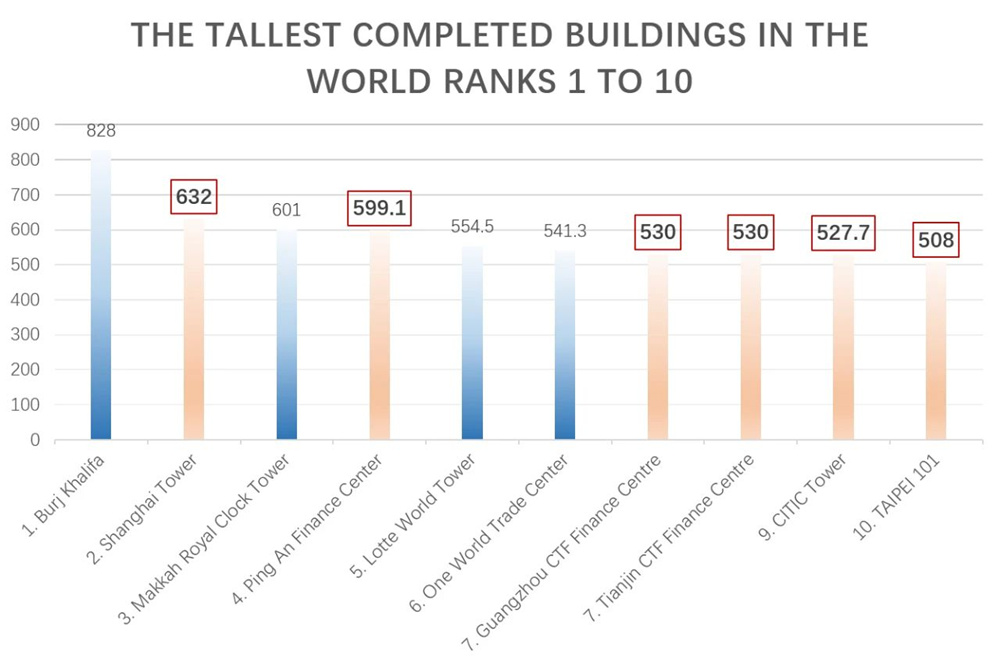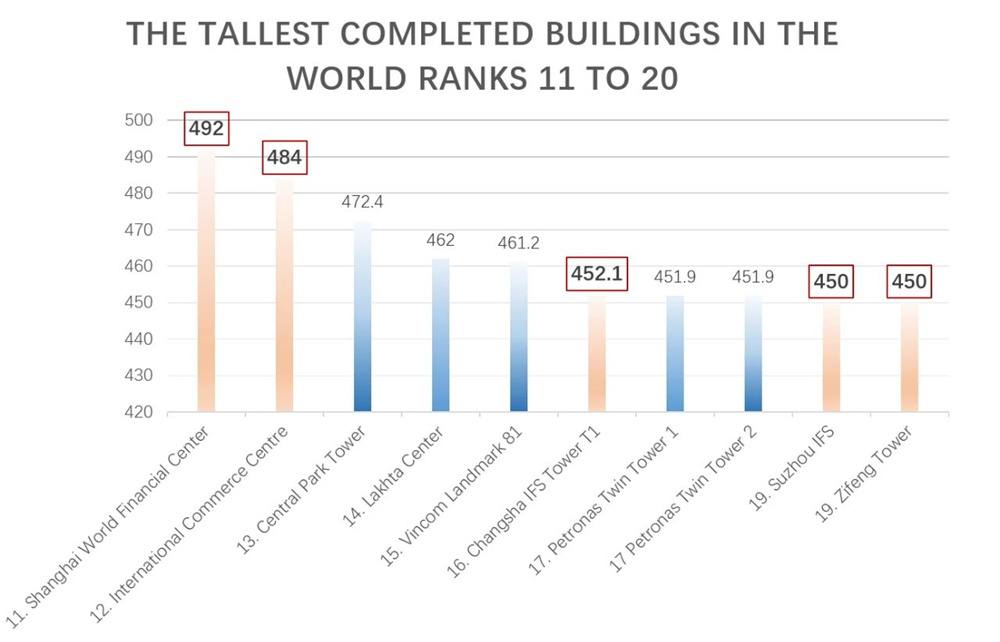7月15日,2021年第三期园冶杯国际建筑设计分享会举行,来自国内外的优秀建筑设计师进行了精彩的分享。其中,扎哈·哈迪德建筑事务所(以下简称扎哈事务所)的Philipp Ostermaier先生分享了北京丽泽SOHO项目。近日,Philipp Ostermaier先生接受了国际设计网的线上专访。
On July 15, the third 2021 YUANYE AWARDS architectural projects sharing meeting was held, and 10 excellent architects from China and abroad shared their wonderful projects. Among them, Mr. Philipp Ostermaier of Zaha Hadid Architects(ZHA) shared Beijing Leeza SOHO project. Recently, Mr. Philipp Ostermaier accepted the online interview of Global Design.
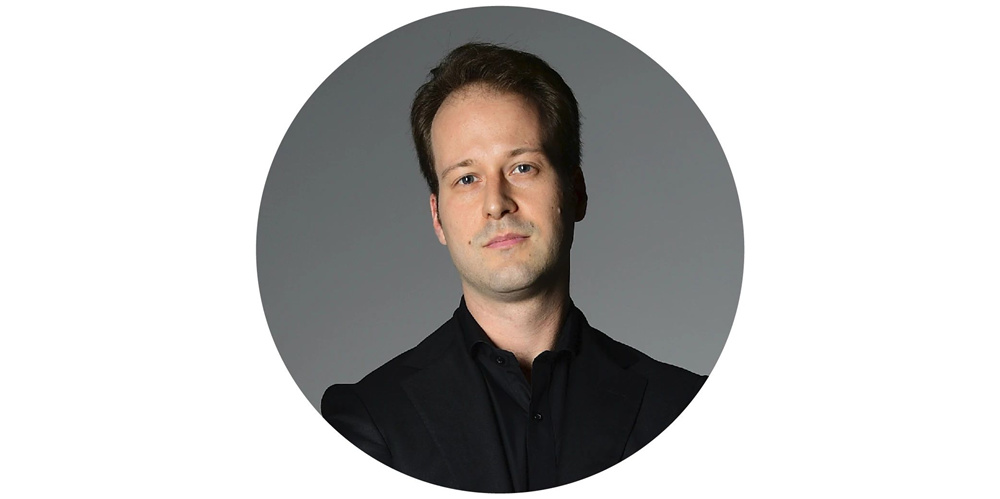
Philipp Ostermaier先生于2009年加入扎哈事务所,期间为各种规模的建筑项目、产品设计和学术研究做出了贡献。2013年,他带领了丽泽SOHO大楼的扎哈事务所设计竞赛团队,并随后迁往北京,他作为项目建筑师带领完成项目所有阶段,直至2019年项目竣工。他的兴趣专长集中在利用计算方法学来创造几何形态和结构表现设计,其在中国交付项目的一手经验也丰富与完善了这一点。他毕业于扎哈·哈迪德的维也纳大师班,是英国和德国的注册建筑师。Philipp Ostermaier joined Zaha Hadid Architects in 2009 and has there contributed to projects, product designs and research on a diverse range of scales. In 2013 he led the ZHA design competition team for the Leeza Soho Tower and subsequently relocated to Beijing to spearhead the project through all stages as Project Architect until its completion in 2019. His interest focuses on geometrically and structurally expressive designs utilizing computational methodologies. He complemented this interest with the direct experience of delivering projects in China. He is a graduate of Zaha Hadid's Vienna Masterclass and a licensed Architect in the UK and Germany.国际设计网:丽泽SOHO是扎哈事务所在中国的一个很有影响力的项目,在丽泽SOHO之前,扎哈事务所已经设计完成了包括银河SOHO (北京,2009-2012)、望京SOHO(北京,2009-2014)以及凌空SOHO(上海,2010-2014)在内的中国SOHO系列。对于丽泽SOHO,扎哈事务所是否传承了先前3个SOHO项目的设计理念?Global Design: Leeza SOHO is one of the most influential projects in China for ZHA. Before Leeza SOHO, ZHA has already designed the SOHO series which include Galaxy SoHo (Beijing, 2009-2012) and Sky SoHo (Shanghai, 2010-2014) and Wangjing SOHO (Beijing, 2009-2014) in China. For Leeza SOHO, did ZHA inherit any design ideas from these three previous projects?
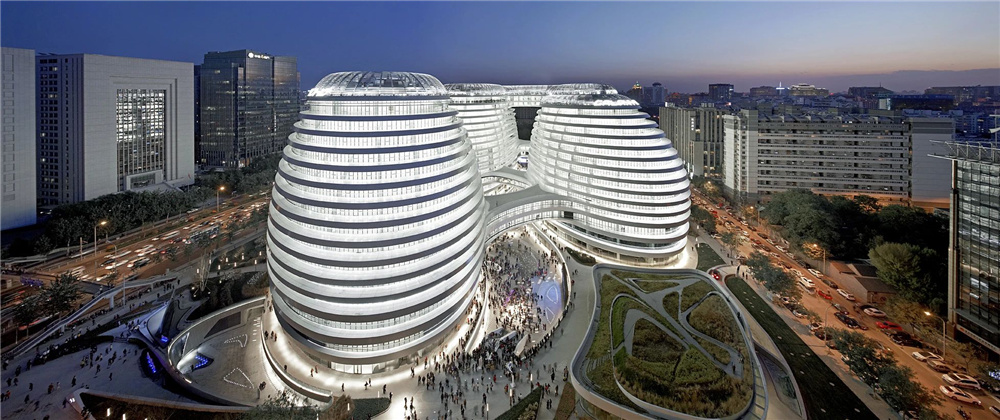
银河SOHO Galaxy SOHO ©Hufton+Crow
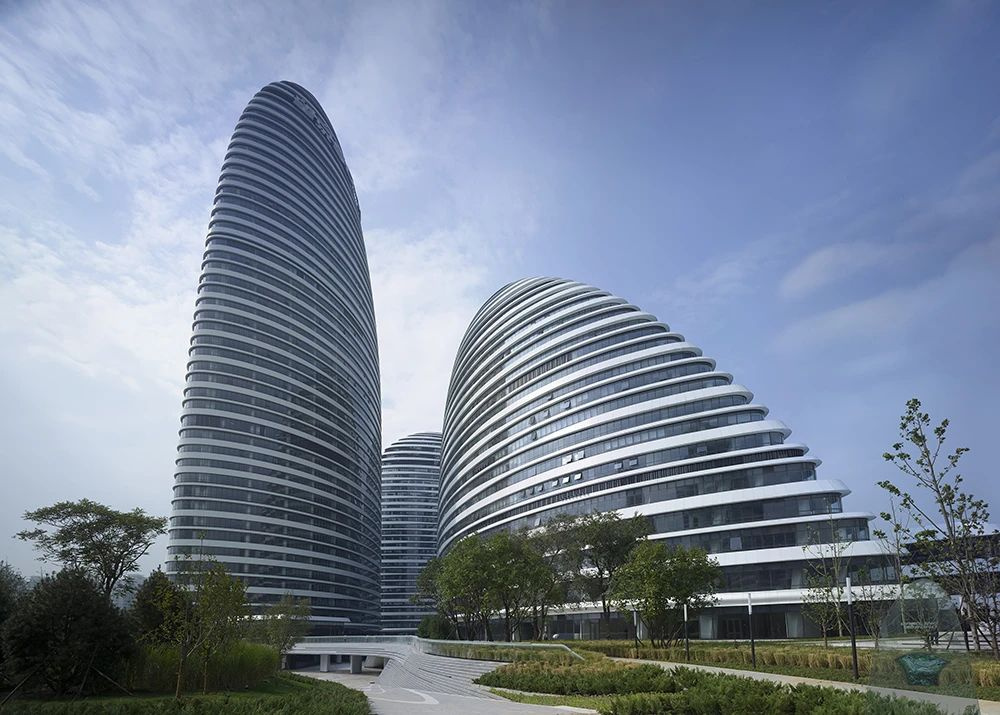
望京SOHO Wangjing SOHO ©Virgile Simon Betrand
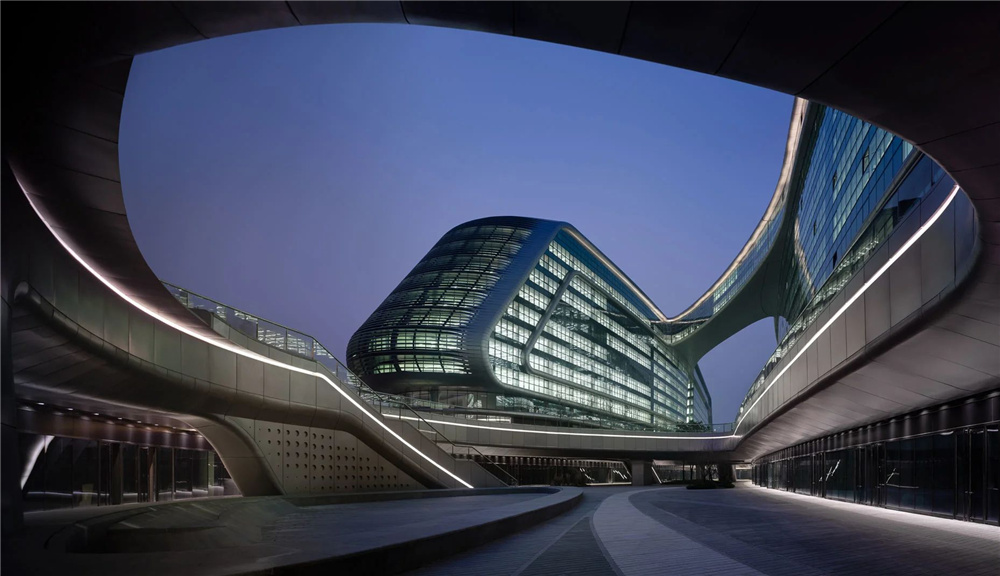
凌空SOHO Sky SOHO ©Virgile Simon Betrand
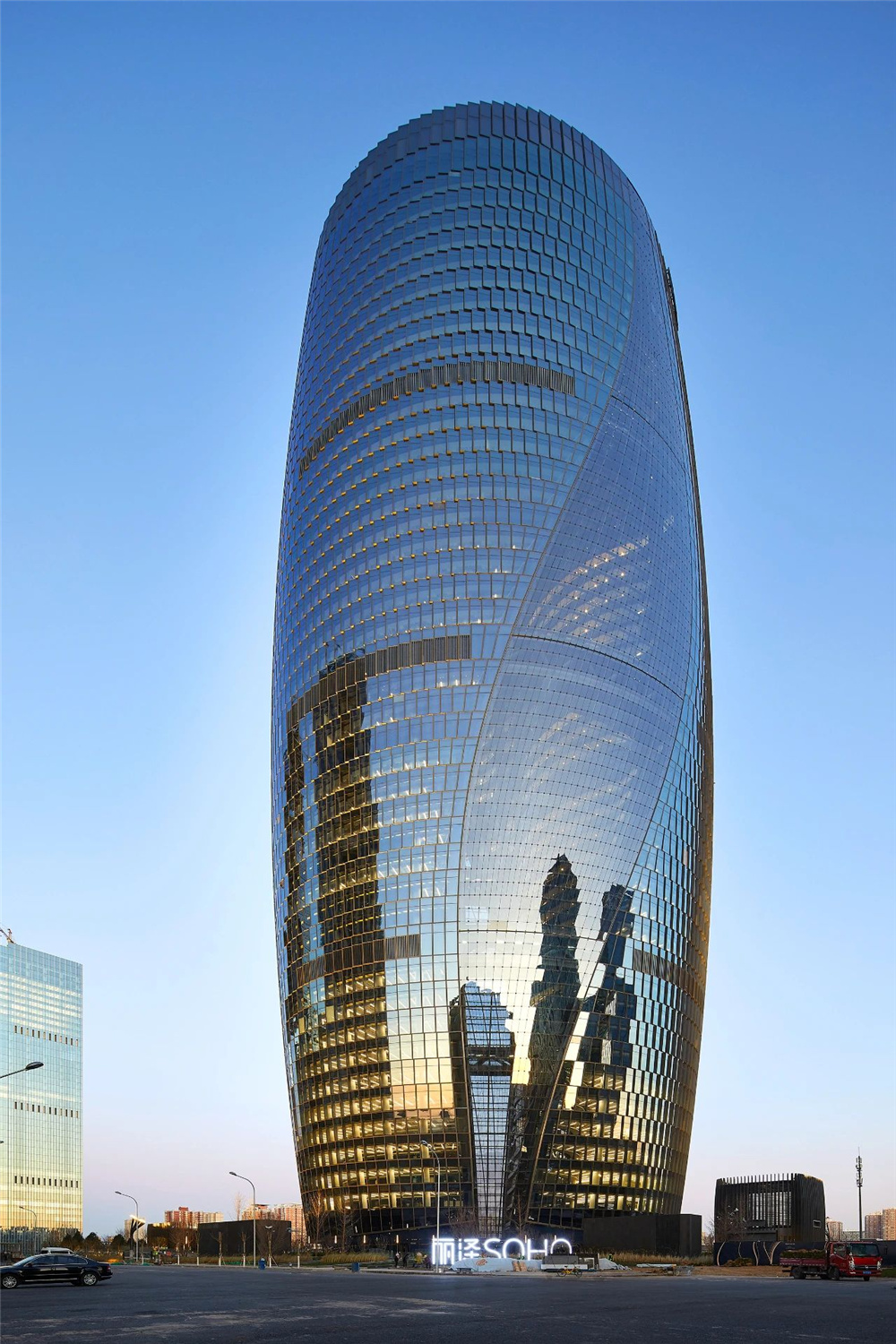
丽泽SOHO Leeza SOHO ©Hufton+CrowPhilipp Ostermaier:从建筑设计理念方面,我认为4个SOHO项目共同联系是它们与城市结构的紧密结合。举例来说,银河SOHO有一个下沉式广场,工作时间后,它几乎变成了一个公共游乐场,周围邻里的人都来这里,沿着大楼优美的外墙曲线慢跑,孩子们在喷泉旁玩耍。类似的情景你可以在望京SOHO或凌空SOHO看到。虽然丽泽SOHO的用地更为紧凑,但是景观和中庭也可以自由通达,延续了这一理念。从规划和建设的角度来看,不仅是扎哈事务所及业主SOHO中国,包括顾问和承包商已经从我们共同建设的每一个项目里学到了经验。因此,我们从一个项目到另一个项目累积了这些经验,并不断尝试去突破可能的极限。这也反映了过去几十年中国建筑业的整体发展与崛起。Philipp Ostermaier:In terms of architectural design ideas, I think something which links all the 4 SOHO projects is their tight integration into the urban fabric. E.g. Galaxy SOHO has this sunken court which becomes almost like a public playground after working hours, with people from the surrounding neighbourhoods coming in to jog around the building’s curvaceous façade or kids playing with the water fountains. You can see similar situations in Wangjing or in Sky SOHO. Leeza has a more compact site, though landscape and the atrium are also freely accessible and continue this idea. When you look from a planning and construction point of view, certainly ZHA as well as SOHO China, but also consultants and contractors have learned from every project we built together. So we built upon those experiences from project to project but also try to keep push the boundaries of what is possible. This also reflects the overall development and rise of the building industry in China over the last few decades.
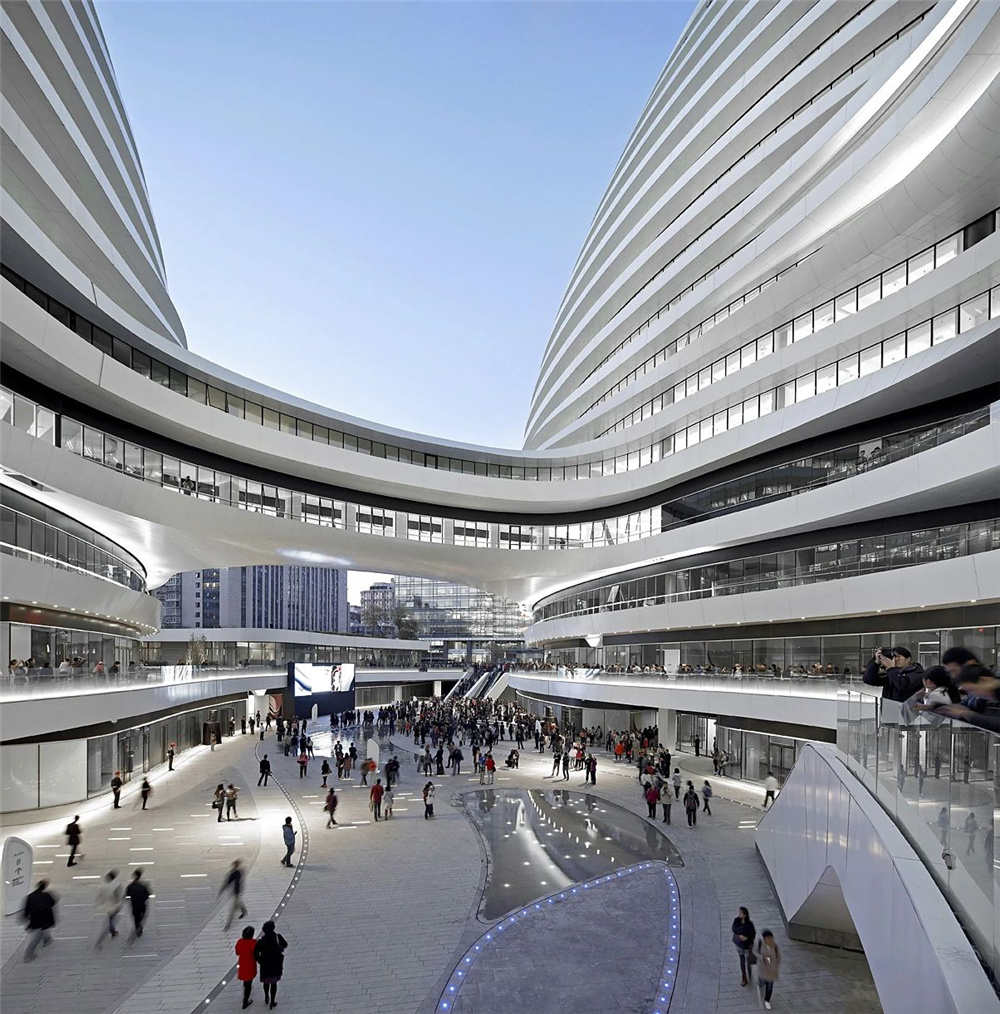
银河SOHO下沉式广场 Sunken court of Galaxy SOHO ©Hufton+Crow国际设计网:丽泽SOHO中庭,第一眼看后令人印象深刻。您在分享会上也介绍到,“塔楼的设计将其体积分成两部分,由一个立面外壳包起来。两部分之间的空隙贯穿整个建筑,形成全球最高的中庭,高达194.15米”,那么在中庭设计阶段,设计师要考虑哪些因素?在中庭施工阶段,是否遇到了技术上的难题?Global Design: The inner atrium in Leeza SOHO is quite impressive from the first look. We quote your speech in the sharing meeting about atrium design, “the tower’s design divides its volume into two halves enclosed by a single facade shell. The emerging space between these two halves extends the full height of the tower, creating the world’s tallest atrium at 194.15m”. So, what factors did the architect need to take in to consideration in the design period? Were there any technical difficulties to put it in to practice in the construction period?
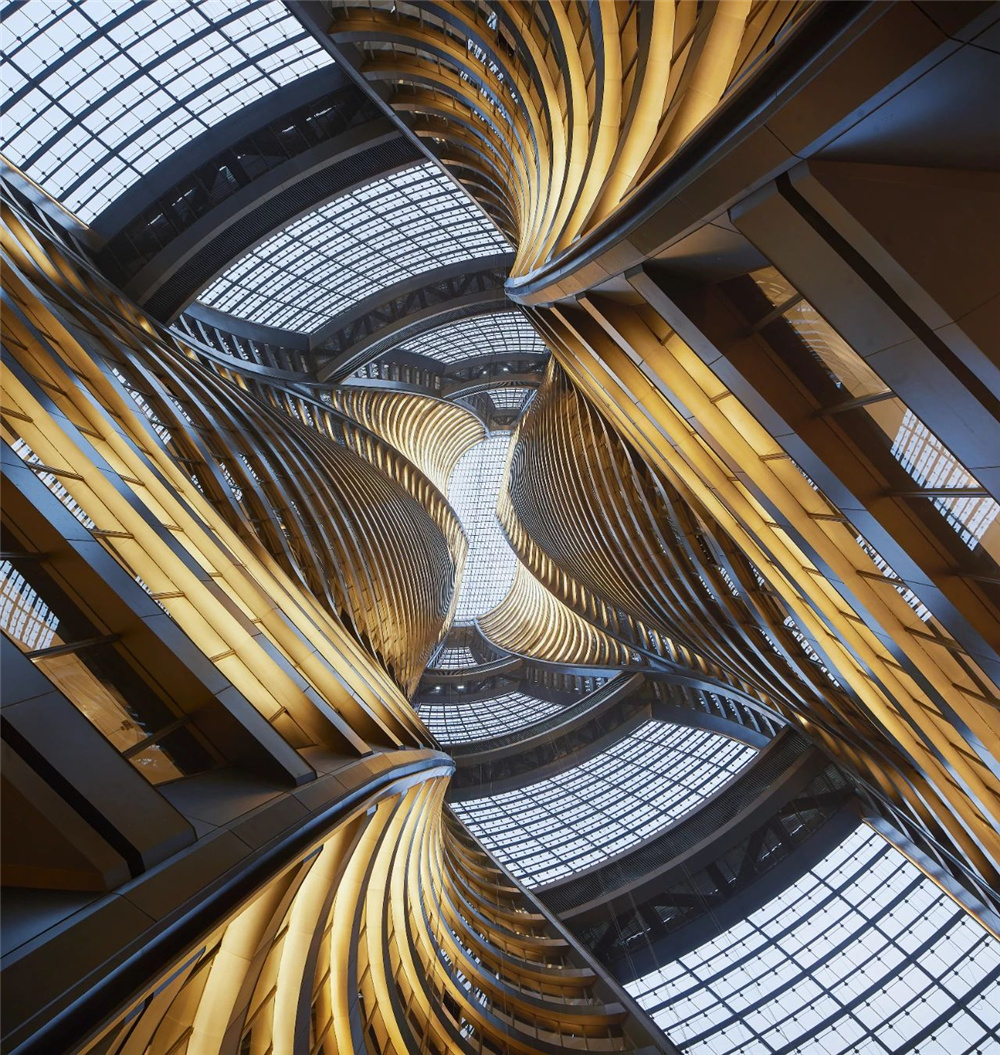
震撼的中庭 Amazing atrium ©Hufton+Crow Philipp Ostermaier:在概念设计阶段,更多考虑的是人站在一层的视角,抬头仰望的强烈印象,这需要与功能需求(立面、核心体量以及建筑外壳等)相平衡;在深化设计阶段,关键是将这些想法转化为基于材料和施工方法的系统,通常使复杂的几何形状合理化——这些需要小心谨慎地去完成,以免失去我们最初的设计意图。从监管的角度来看,中庭立面最大的驱动因素当然是防火等级要求。施工阶段的挑战是,通过安装临时电梯穿过间隙、高度不规则的立面脚手架、实际的布置(如不同的楼层轮廓)以及现场各承包商之间的协调工作。Philipp Ostermaier: During the conceptual design stage, it is much about creating the human perspective from ground floor to create strong impression when looking up, which needs to be balanced with functional needs like meeting GFA requirements, how the façade relates to the core volume as well as the outer shell of the building etc. Then in the more detailed oriented design phases, it is key to translate these ideas in material and construction method based systems which then often leads to rationalization of complex geometries – which needs to be done carefully not to lose the original design intent. From a regulatory point of view, the atrium façade’s biggest driver was certainly the fire rating requirement. Challenges for construction phase planning was accessing the atrium with the installation of temporary elevators going through the void as well as the highly irregular façade scaffolding and actual setout (as for the varying floor outlines) and the coordination between various contractors on site.
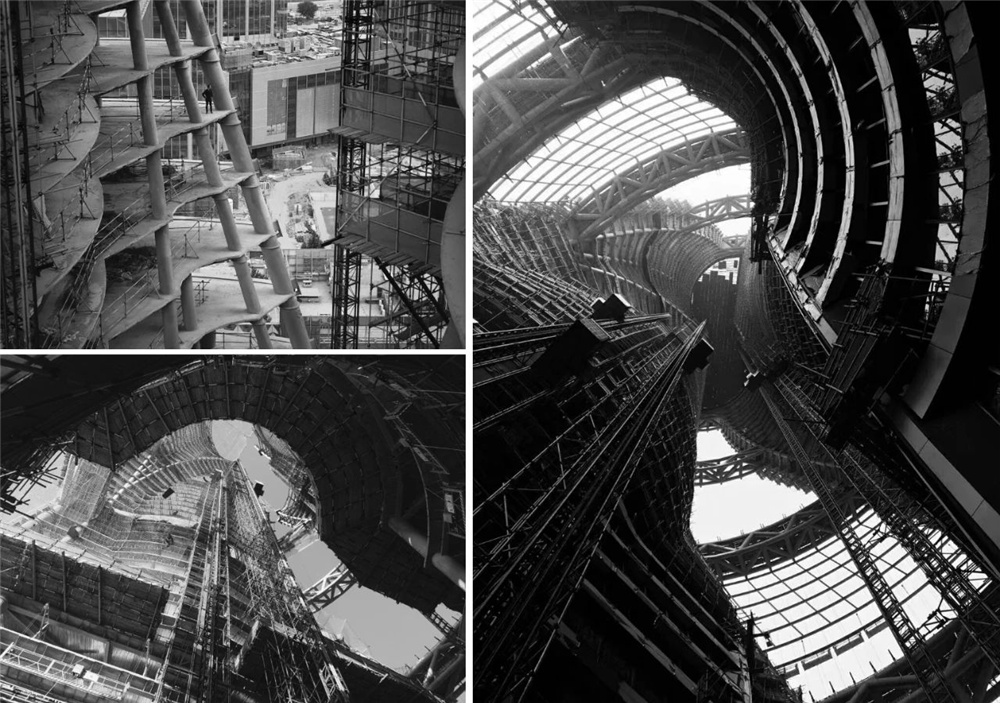
施工阶段的丽泽SOHO中庭 Leeze SOHO atrium under construction From top left clockwise : ©Mirko Kirstein ©ZHA ©Philipp Ostermaier国际设计网:在您的个人描述里,特别提到您“擅长利用计算方法学来创造几何形态和结构表现设计,在中国交付项目的一手经验也完善与丰富了这点”。关于参数化设计,能否深入聊聊您是怎么在逻辑算法与现实使用之间找到平衡点的?您理解其中的关键是什么?Global Design: In your personal description, your interest focuses on geometrically and structurally expressive designs utilizing computational methodologies. This has complemented with firsthand experience of delivering projects in China. About parametric design, would you please tell us more about how you find the balance between logical algorithm and practical use? What is the key to your understanding?Philipp Ostermaier:我认为很明显,首先要考虑的是项目、城市、业主、建筑使用者和其他利益相关者的需求或追求。由于建筑在其使用周期内可能会发生变化,建筑师尽可能预测什么样的设计最适合利益相关者,在建筑使用周期内的需求。如果能很好地满足这些需求,大部分使用者可能会认为它“实用”。参数化设计在某种程度上只是一种工作方法,可以创建一个试图模拟和反映这些需求的数字化设置。然后,生成的模型和数据将帮助你将设计传达给所有利益相关者,让他们参与讨论,并提供一个灵活、弹性的平台,或者在必要时对基本设计范式进行更改。Philipp Ostermaier: I think obviously there is first thinking going into what the needs or ambitions are for a project, for a city, for a client, for the building’s users and other stakeholders. As use of a building during its lifetime can and probably will change, an Architect tries to make a as good possible prediction what design will most fit the stakeholders needs over that lifetime. If you match those needs well, a large portion of its users will probably refer to it as “practical”. Parametric design is in a way a working methodology to create a digital setup trying to simulate and reflect all those ambitions. The resulting model and data then helps you to communicate the design response to all the stakeholders, engage them in discussion and provide a flexible yet resilient platform for adjustments or, if needed, changes to the underlying design paradigms.
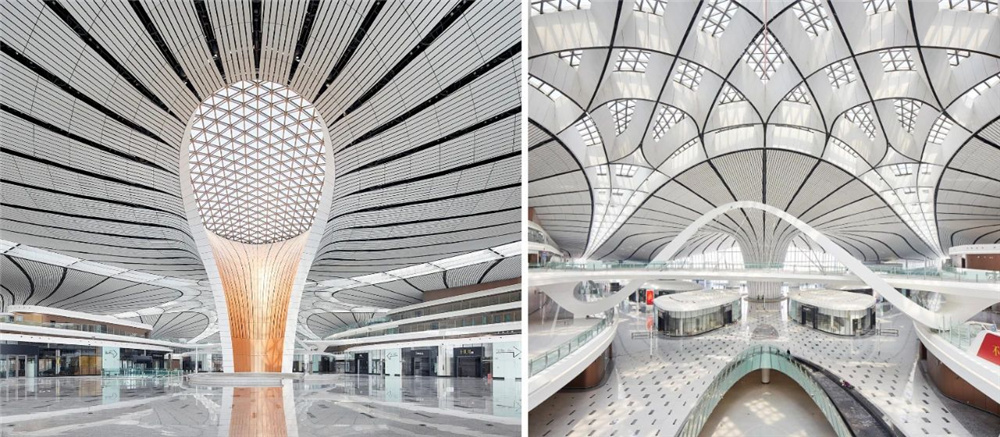
参数化设计时代下的北京大兴机场设计 Beijing Daxing airport design in the era of parametric design ©Hufton+Crow国际设计网:人工智能等科学技术在建筑设计领域已得到应用,而建筑设计是一个创新力非常强的行业,您认为这会为建筑设计带来哪些可能性?或者说是怎样的改变?Global Design: AI (Artificial Intelligence) technology has applied in the field of architectural design, and architectural design is a very innovative industry. What possibilities do you think it will bring to architectural design? Alternatively, what kind of change happens?Philipp Ostermaier:虽然不是计算机科学家,但可以说人工智能或机器学习是一类算法,能够解决一系列传统算法不擅长解决的复杂问题,比如语音识别。因此,这些功能也可以或已经被应用于建筑领域。例如,我看到过生成部分自动化规划的软件,或使用传感器或用户数据的大数据集进行战略调整的建筑管理软件。问题是,它将如何影响建筑行业。举例来说,我能肯定地看到人工智能的自动规划已对高端市场产生了一定的影响,特别是在标志性设计语言需求较少的地方。人工智能生成的设计方案可能有助于进一步加快规划阶段的开发,但是模型需要输入相关参数,并且需要有经验的专业人员判断结果、做出选择并实际去执行结果。如果这些设计方案的实际结果特别有趣或具有创新性——至少对于当前的机器学习算法来说——仍将取决于输入系统的信息。建筑项目通常也依赖于许多方面:官方、业主、建筑师、工程师、顾问、承包商都在价值生成链中对各个部分负责。这种协作设置通常也会因项目而异。这可能与实施影响深远的人工智能解决方案相冲突,人工智能解决方案在单一软件平台上集成所有操作时最具影响力。总的来说,我认为伴随着每一项新技术的出现,总有一种“末日”情景,那就是我们会被解雇。虽然建筑师和许多其他职业一样,需要随着时间的推移而适应,但我仍然不认为未来会失去我们的重要性。Philipp Ostermaier: While not being a computer scientist, it is probably true to say that AI or machine learning is a class of algorithms which deliver solutions for a range of complex problems which conventional algorithms are not adept at solving, e.g. speech recognition. So these capabilities can or are already applied in the field of architecture as well. I have seen for example software generating partially automated planning or building management software using large datasets of sensors or user data to make strategic adjustments. The question is then how will it affect the architecture profession. For example, I see definitely automated planning by an AI having an impact on the high volume end of the market, especially where a signature design language is less in demand. AI generated design proposals could probably contribute to further speed up development in the planning stages, however the models need to be fed with relevant parameters as well as require experienced professionals judge results, make choices and actually execute the results. If the actual outcome of those design proposals will be particularly interesting or innovative – at least for current machine learning algorithms - will still depend on the information fed into the systems. Architectural projects are usually also dependent on many parties: Authorities, Clients, Architects, Engineers, Consultants, Contractors all being responsible for parts of a value generating chain. This collaborative setup usually also changes from project to project. This stands potentially in conflict with implementing far reaching AI powered solutions which would be most impactful when integrating all actions on a single software platform. Overall, I think with the advent of every new technology there is always that doomsday scenario that we are all being made redundant. While Architects as many other professions needing to adapt over time seems necessary, I still do not think we will lose our relevance in the future. 国际设计网:今年5月一则“深圳赛格广场大楼晃动”的新闻,再次吸引了公众对超高层建筑的关注和思考。根据CTBUH的数据,世界上高度排名前20座已建成建筑中,中国涵盖了11座,且有6座都超过了500m。而中国首次于去年就出台了“超高层建筑限高500米”的规定,从建筑师的角度,对此您有什么看法?或者说,对您今后的设计会不会有什么影响?Global Design: In May this year, a news about the shaking of SEG Plaza building in Shenzhen once again attracted the public's attention and thinking about super high-rise buildings. According to the data of the top 20 completed buildings in the world from CTBUH, 11 have been built in China, and 6 have exceeded 500 m. Last year, China issued the regulation of "limiting the height of super-high buildings to 500 meters". From the perspective of architects, what do you think about it? In other words, will it have any impact on your future high-rise design?世界已建成建筑高度排名1-10(米) The tallest completed buildings in the World ranks 1-10 (m)
世界已建成建筑高度排名11-20(米) The tallest completed buildings in the World ranks 11-20 (m)
Data Source: CTBUH, drawn by Global DesignPhilipp Ostermaier:似乎这种高度限制已在北京实施了一段时间,随后和其他法规一起在中国其他地方正式实施,我认为这个规定总体上是为了遏制不能在经济上持续发展的建筑,旨在全面提高建筑环境和城市的品质和一致性,这点我大体认同。随着时间的推移,我们将看到这一新规的效力,以及将产生什么样的结果——毕竟限高重点是“不去做什么”,而不是“做什么是对的”。建筑仍将掌握在开发商、建筑师和规划师的手中,我希望他们仍能获得空间,去创造合理的、但又创新的、高质量的开发项目。关于限高,我们要注意500米仍然很高,以后我们可能会很少再看到这些建筑在中国新建。此外,建筑物的高度肯定不是最重要的方面,我们可以将此视为一个更加注重品质的机会:例如,进一步强调可持续性,为用户的参与和幸福创造充满活力、灵活的内外空间;通过将他们紧密结合到开发中来促进公共交通方式。 Philipp Ostermaier: It seems this height restriction was already implemented in Beijing for some time, then it got formalized for the rest of the country along with other regulations, I think this directive is overall meant to curtail economically unsustainable developments and aim to overall increase quality and coherence of the built environment and the cities, which is something I would generally agree with. We will see how effective this new directive will be over time and what results it will yield – after all restrictions focus on what not to do – rather than what is the right thing to do. This still will remain in the hand of Developers, Architects and Planners and I hope they will be still given the space for creating sensible, yet innovative, high quality developments. Regarding the height restriction, let’s not forget 500m is still very tall, but we probably will see less of those structures being newly built in China. Besides, the height of a building is for sure not the most important aspect. We can see this as a chance to focus even more on quality: E.g. further emphasizing sustainability, creating vibrant yet flexible interior and exterior spaces for user engagement and wellbeing or promoting public modes of transport by integrating them tightly into developments.国际设计网:您在中国已经工作多年,您如何看待中国的建筑环境与市场?在建筑实践上又有何特点?Global Design: You have been working in China for many years. What do you think of the architectural environment and market in China? What are the characteristics of architectural practice?Philipp Ostermaier:中国的市场发展速度非常快,也给了很多建筑师建造伟大项目的机会,其中许多项目在其他经济体出现是不可能的。过去几年,政府的新指向似乎暗示,要巩固增长速度,并更加注重可持续性和质量,这对于一个日益成熟的市场来说是合乎逻辑的。在建筑实践方面,外国建筑师最大的一个区别可能是,在中国的建筑项目需要与当地设计机构合作,而在其他国家不一定是强制性的。Philipp Ostermaier: The market in China has developed at a very high speed and gave a lot of architects opportunities to build great projects, many of which would in this form not be possible in other economies. New government directives over the last few years seem to hint at a will to consolidate the speed of growth and put stronger focus on sustainability and quality which is logical for a maturing market. In terms of architectural practice, the biggest single difference for foreign architects is probably that building projects in China requires collaboration with Local Design Institutes, while in other countries this is not necessarily mandatory.
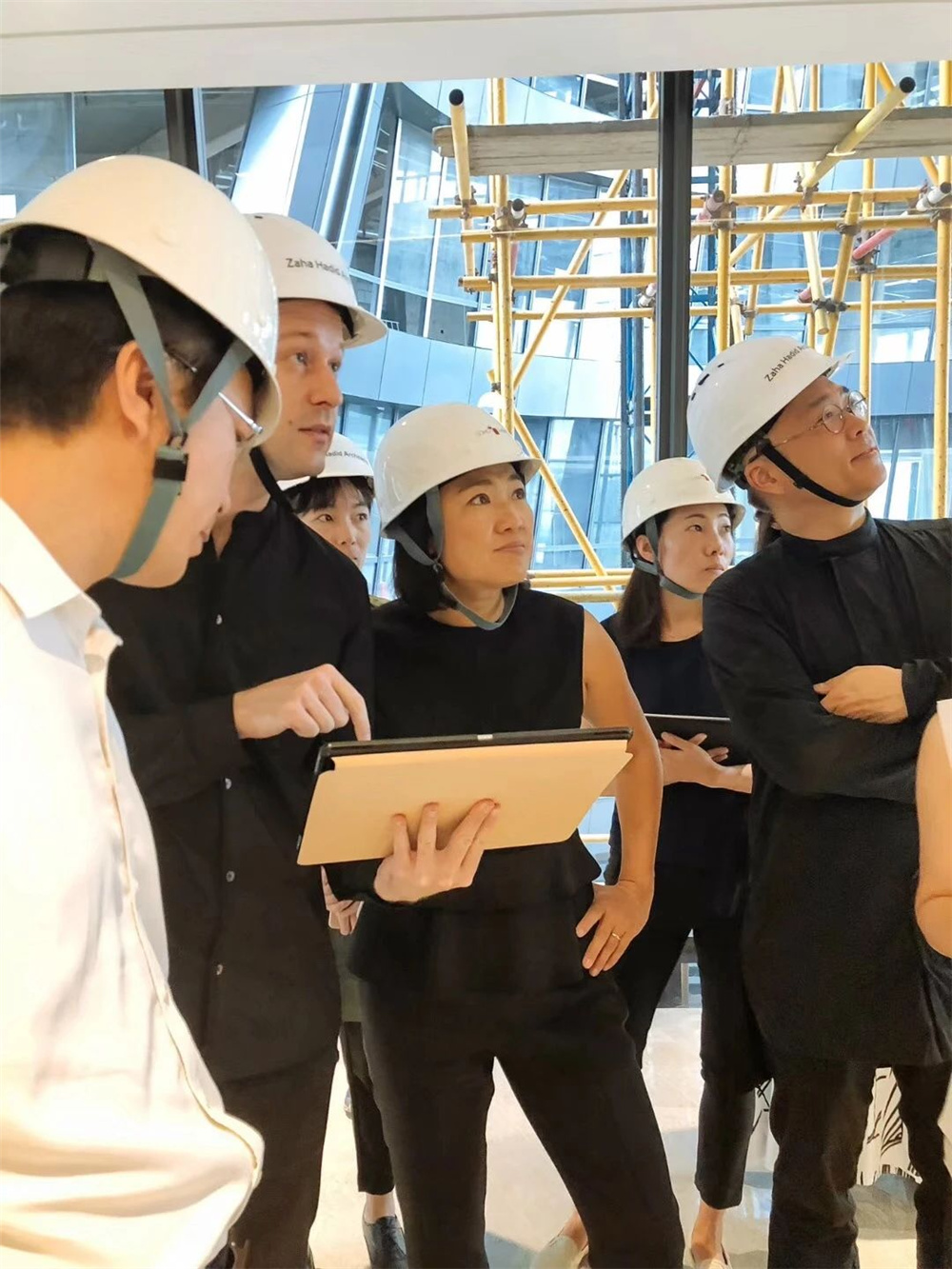
扎哈事务所和SOHO中国项目组实地考察 ZHA and SOHO China project team on site visit ©SOHO China
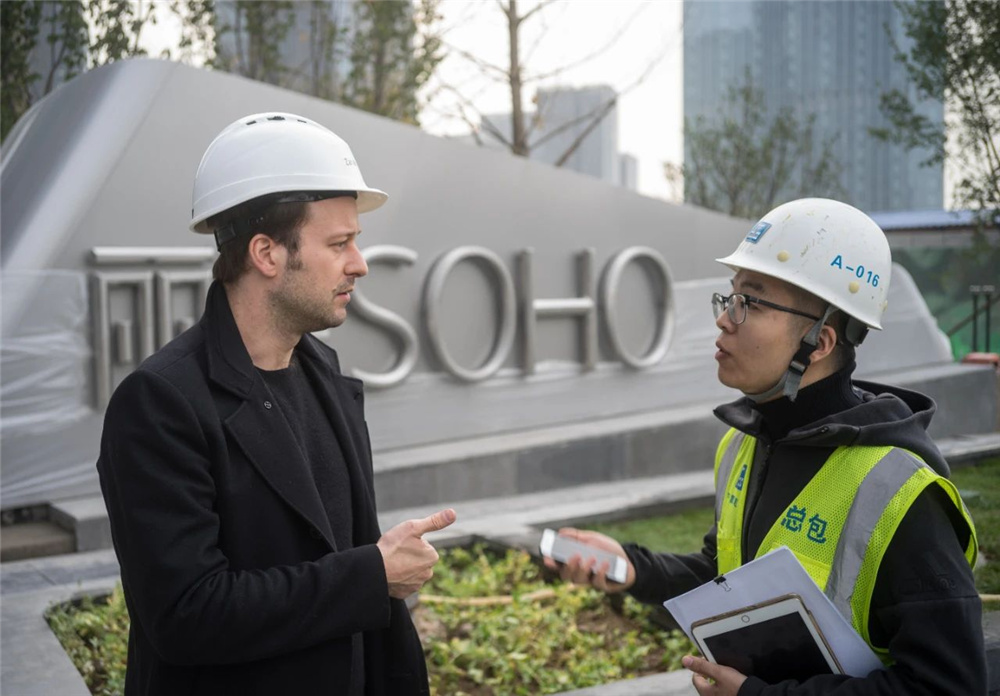
Philipp Ostermaier与与总承包商讨论 Philipp Ostermaier in discussion with General contractor ©Felix Amiss国际设计网:丽泽SOHO项目,距今已经建成近2年了,能否与我们分享一下您最近正在做的项目?Global Design: Leeza SOHO has been completed for nearly two years. Could you share with us ZHA recent projects? Philipp Ostermaier:是的,丽泽SOHO于2019年11月竣工交付。不久后开始了新冠疫情,好几个月内一切几乎完全陷入停顿。从那时起,我们的业务非常繁忙,我们在中国赢得了许多新项目竞赛,正在实施的有多个项目,并一直在北京和伦敦扩大我们的办公室。Philipp Ostermaier: Well, we finished Leeza Soho in November 2019, then just shortly after the pandemic in China brought everything almost to a complete halt for a few months. Since then our practice is extremely busy, we won a lot of new work in China, have multiple projects on site and have been growing the office in Beijing as well as in London. 国际设计网:您在扎哈事务所工作,对于您的整个职业生涯有何受益之处?您从扎哈·哈迪德女士或其他人那里学到了什么?Global Design: How do you benefit from working in ZHA for your whole career? What did you learn from Ms. Zaha Hadid or others?Philipp Ostermaier:如前所述,很早我就被富有表现力的建筑形式所吸引,因此在维也纳与扎哈·哈迪德女士和Patrik Schumacher先生一起研习,然后加入他们的实践中,这很符合我的兴趣。世界上没有多少其他实践能以这种设计驱动的方式工作。他们都是我的导师,给了我成长的机会,对此我心存感激。我也有幸与伦敦和北京的资深员工一起工作并向他们学习,他们中的一些人已为这一实践工作了几十年,由此可以分享许多宝贵的经验,并在他们的支持和指导下获得帮助。这种实践也吸引了大量来自世界各地的人才,营造了一种充满活力的办公氛围,在这种氛围中,大家既互相竞争又相互学习。Philipp Ostermaier: As mentioned - I was drawn to an expressive form of architecture early on – hence studying with Zaha Hadid and Patrik Schumacher in Vienna and then joining their practice was well aligned with my interests. Not many other practices in the world would work in such a design driven way. They have been both my mentors and gave me opportunities to grow, which I am grateful for. I was also fortunate to work with and learn from great senior staff both in London and Beijing, some of whom had worked for decades for the practice, hence could share a lot of valuable experience and helped with their support and guidance. Lastly, the practice has also always attracted a lot of young talent from all over the world, creating a vibrant and driven office atmosphere where one would compete but also learn from each other.
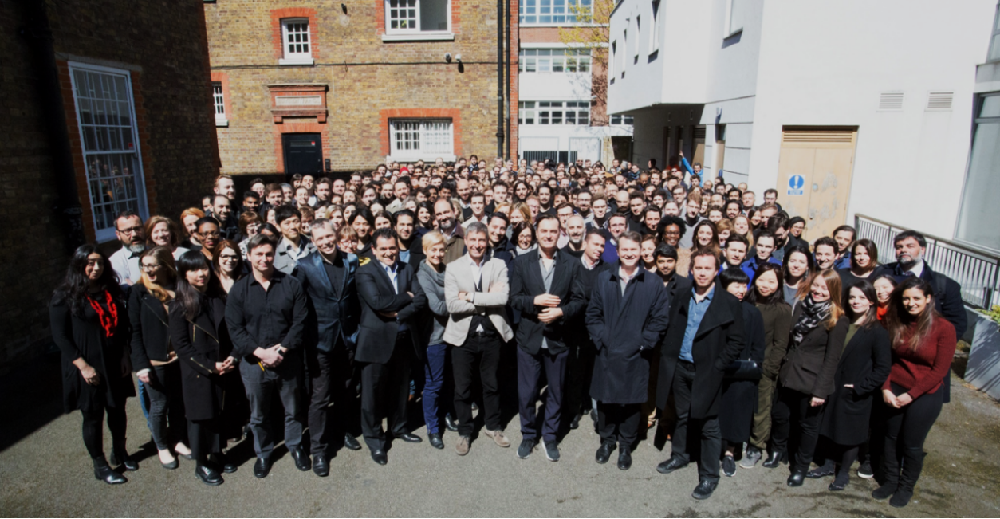
扎哈·哈迪德伦敦办公室 Zaha Hadid Office London ©ZHA国际设计网:近年来中国本土青年建筑师成长迅速,您怎么看待和评价他们的设计?Global Design: In recent years, the design works of Chinese young architects are growing in a fast speed and becoming more mature. What is your impression towards their design works? Philipp Ostermaier:是的,我看到了许多新的作品在涌现,确实发展得很快。其中有一些很棒的作品,在扎哈事务所的员工中也有很多富有才华的年轻中国建筑师。Philipp Ostermaier: Yes, I have seen a lot of new work emerging, it indeed is developing fast. There is for sure some great work among it. Also in ZHA we have a lot of talented, young Chinese architects among our staff.国际设计网:园冶杯一直致力于推动青年设计人才的成长。您对中国青年建筑师,有什么特别的建议或者期望?如何才能成为一名优秀的建筑师?Global Design: YUANYE AWARDS is dedicated to improve young architects’ thinking and creativity. What is your advice towards our Chinese young architects? How to become a great architect? Philipp Ostermaier:我认为成为一名建筑师就像学习任何东西一样,对一个学科的兴趣和动力是最重要的基础。同时,你需要认识到自己的弱点,不断努力提升自己。尤其是在年轻的时候,好的榜样对于养成良好的习惯非常重要。可能不仅仅是那些“著名”的建筑师,而是那些专长于自己工作的人。所以说,也许将目标定成一个“好”的建筑师比成为一个“伟大”的建筑师更好。Philipp Ostermaier: I think becoming an architect is much like learning anything, I think your personal interest and motivation towards a subject is the most important foundation. At the same time you need to recognize your weak points and keep working to improve yourself. Especially when you are young, good role models to work towards are important to develop good habits. This might not always be the “famous” architects, but people who are just good at what they are doing. So having said that, maybe it is better to aim for being a “good” architect rather than a “great” architect.
编辑:liqing
凡注明“国际设计网”的所有文章,及本网站上的项目案例,未经本网授权不得转载、摘编或利用其它方式使用。已经授权者,应在授权范围内使用,并注明“来源:国际设计网”。违反上述声明者,本网将追究其相关法律责任。









